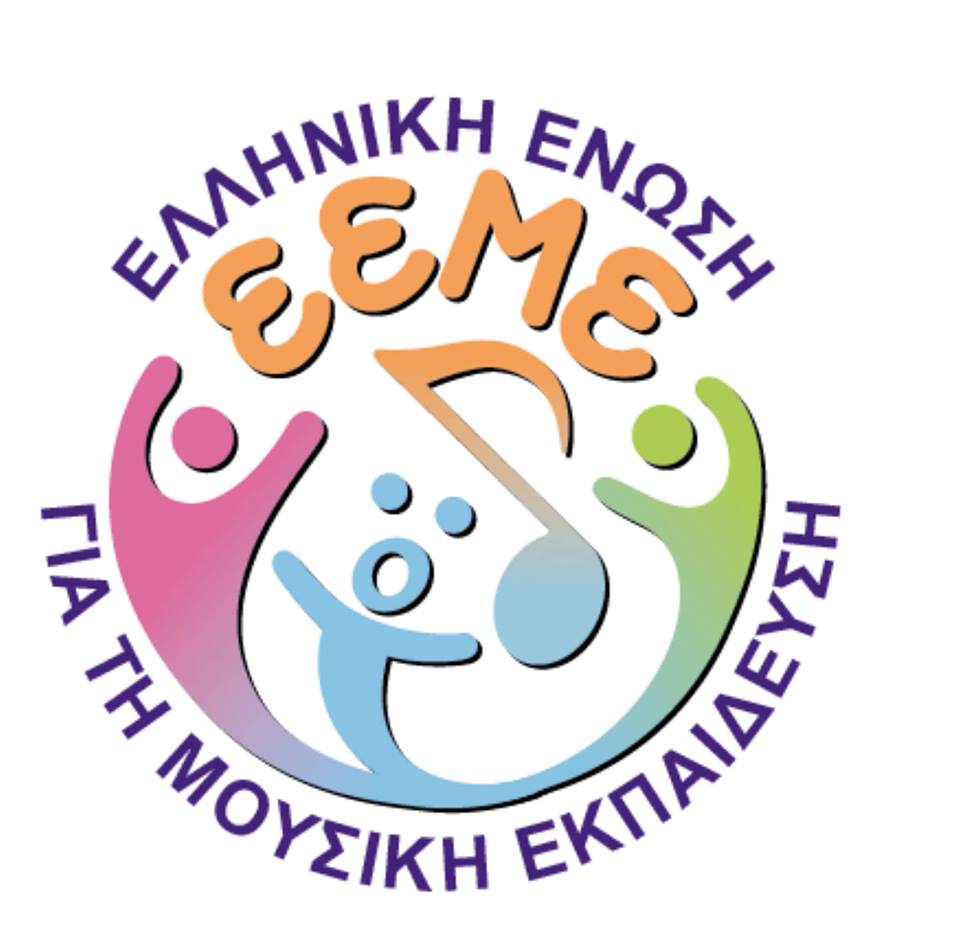Contents:
1) Maria Samara: Music Therapy and Autism. The way out of silence.
2) Liana Haratsi: The Importance of the Repertoire for Three, Four and Six Hands for Piano Education.
3) Ioanna E. Etmektsoglou: Teaching Music in Secondary - High School with an emphasis to unattended educational and therapeutic objectives.
4) Sofia Giakoumidou: Piano Methods; Chester Method by Carol Barrat.
Abstracts:
1) Maria Samara
Music Therapy and Autism. The way out of silence
Autistic children and adults have fascinated and frustrated at the same time professionals from all disciplines, as well as parents, for the last half century. Theories about the cause, aetiology and treatment of people with autistic disorders range from highly structured behavioural management, to the freedom of allowing and containing the symptoms without trying to change. Where does music therapy play o role? Does music really provide an alternative language for people whom social and language impairments make conventional methods of communication irrelevant? Does music making in music therapy really provide the way out of silence?
2) Liana Haratsi
The Importance of the Repertoire for Three, Four and Six Hands for Piano Education
Until today the repertoire for four hands in piano education is mainly faced as an art of an amusing activity, usually in order to complete and vary student performances. Two pianists at one or two pianos or, something even more impressive, three pianists at one piano is a show which easily fills the audience with enthusiasm. Nevertheless, this repertoire is an ideal teaching companion, not only for the education of the students in chamber music in general but also for the development of their solistic ability. Through the listening of polyphonic structures and the control over the dynamic balance of the voices as required in the two-hand performance, the student learns to listen and to have a better control over his solistic playing. He also develops his ability to adapt, which leads to greater technical dexterity. The repertoire for 4 hands could be an integral part of the curriculum of all classes and levels.
3) Ioanna E. Etmektsoglou
Teaching Music in Secondary - High School with an emphasis to unattended educational and therapeutic objective
Based on the special characteristics of adolescence, the author proposes a music education program for Junior-high and High school, which places priority on the emotional development and socialization of the students, through a) musical improvisation, b) song creation and c) musical psychodrama. In the article, the above musical approaches are presented, accompanied by examples for their practical application in class. The student relationships and the music teachers attitudes in the proposal open type music classes are examined. In closing, the discussion focuses on the transfer of knowledge and attitudes originating in the music classes, to cases beyond the school setting and to the adult life.
4) Sofia Giakoumidou
Piano Methods; Chester Method by Carol Barrat
A presentation of this piano method by Sofia Giakoumidou, piano teacher and soloist.





 Please wait...
Please wait...